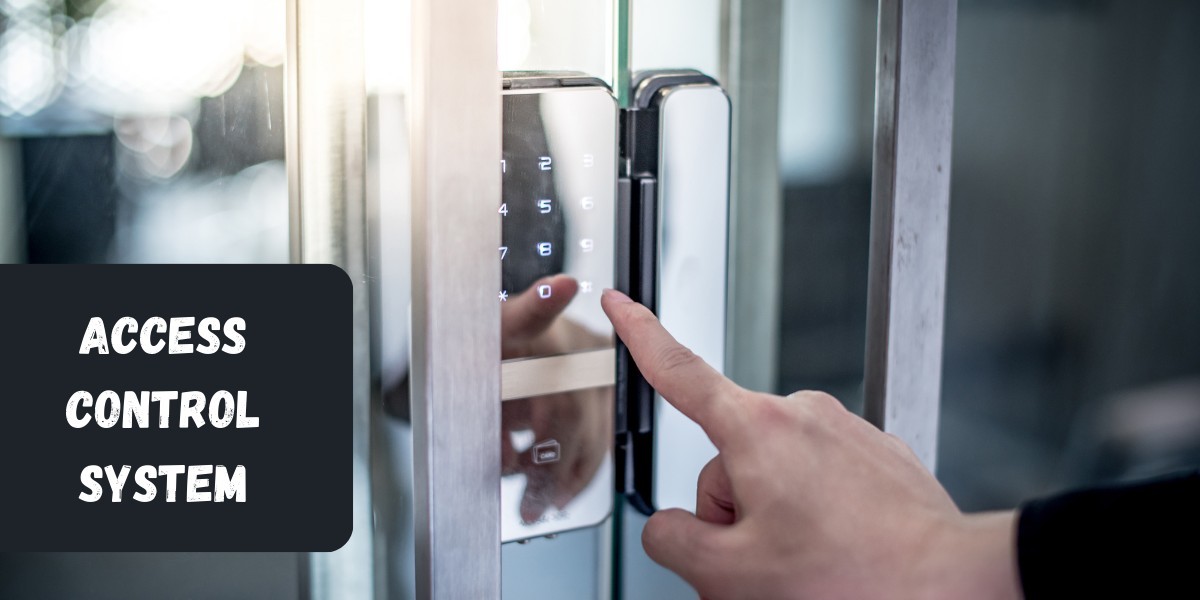Access control systems have come a long way since their inception. From simple lock and key mechanisms to advanced biometric authentication technologies, they have evolved to meet the ever-growing demand for security in our modern world.
In this article, I will provide a brief overview of the historical context of access control systems, discuss the importance of security in today's society, and explore how cutting-edge access control technologies are revolutionizing the way we approach security, impacting everything from our daily lives to national defense.
Compare the benefits of cloud-based versus on-premises access control solutions. Learn which one offers superior security and flexibility.
A Brief Overview of the Historical Context of Access Control Systems
Access control systems have been around for centuries, although in their early forms, they were not as sophisticated as the ones we have today. The ancient Egyptians, for example, used simple locks and keys to secure their valuables. Over time, as societies became more complex and the need for security grew, access control systems evolved. The invention of combination locks in the early 19th century marked a significant milestone in access control technology. These mechanical devices allowed for more secure storage of valuables and restricted access to authorized individuals.
With the advent of electricity in the late 19th century, access control systems took a leap forward. Electric locks, controlled by keys or buttons, offered greater convenience and improved security. However, these early systems still had limitations, as keys could be easily lost or duplicated, compromising security. It wasn't until the late 20th century that access control systems started to incorporate digital technologies, paving the way for the advanced systems we have today.
The Importance of Security in the Modern World
In today's society, security plays a crucial role. Whether it's protecting our homes, businesses, or even our personal information, we rely on access control systems to provide the necessary safeguards. With the rise of cybercrime and the increasing sophistication of physical threats, the need for robust security measures has never been greater. Access control systems serve as the first line of defense, preventing unauthorized entry and ensuring that only authorized individuals have access to sensitive areas or information.
Beyond physical security, access control systems also play a vital role in maintaining privacy and data protection. In a world where personal information is constantly at risk of being compromised, access control technologies help safeguard our digital identities. From biometric authentication methods, such as fingerprint or facial recognition, to secure access cards and encrypted passwords, these systems provide layers of protection that deter potential threats.
The Revolution of Cutting-Edge Access Control Technologies
The advent of cutting-edge access control technologies has revolutionized the security landscape. These advanced systems leverage the power of artificial intelligence, machine learning, and the Internet of Things (IoT) to provide unprecedented levels of security, convenience, and flexibility. One such technology is facial recognition, which has become increasingly prevalent in access control systems. By analyzing facial features and comparing them to a database of authorized individuals, these systems can quickly and accurately grant or deny access.
Biometric authentication methods, such as fingerprint or iris scanning, are also making significant strides in access control. These technologies offer a higher level of security than traditional methods, as they rely on unique physical characteristics that are difficult to replicate or forge. By using biometric data to verify identity, access control systems can ensure that only authorized individuals are granted access, reducing the risk of unauthorized entry or data breaches.
The integration of access control systems with other security technologies, such as video surveillance and alarm systems, further enhances their effectiveness. Real-time monitoring and intelligent analytics enable proactive threat detection and response, allowing security personnel to identify and address potential security risks before they escalate. This integration also facilitates seamless access management, making it easier to grant or revoke access privileges as needed, whether it's for employees, visitors, or contractors.
Final Thoughts
As access control systems continue to evolve, so too does our ability to secure our environments. Cutting-edge technologies are shaping the security landscape, providing innovative solutions to the ever-changing threats we face. From biometric authentication to intelligent analytics, these systems offer unparalleled security, convenience, and peace of mind.
Whether it's protecting our homes, businesses, or even our nations, access control systems play a pivotal role in safeguarding our most valuable assets. With the future of technology constantly advancing, we can expect even more exciting developments in access control systems, unlocking new possibilities and ensuring a safer tomorrow.







